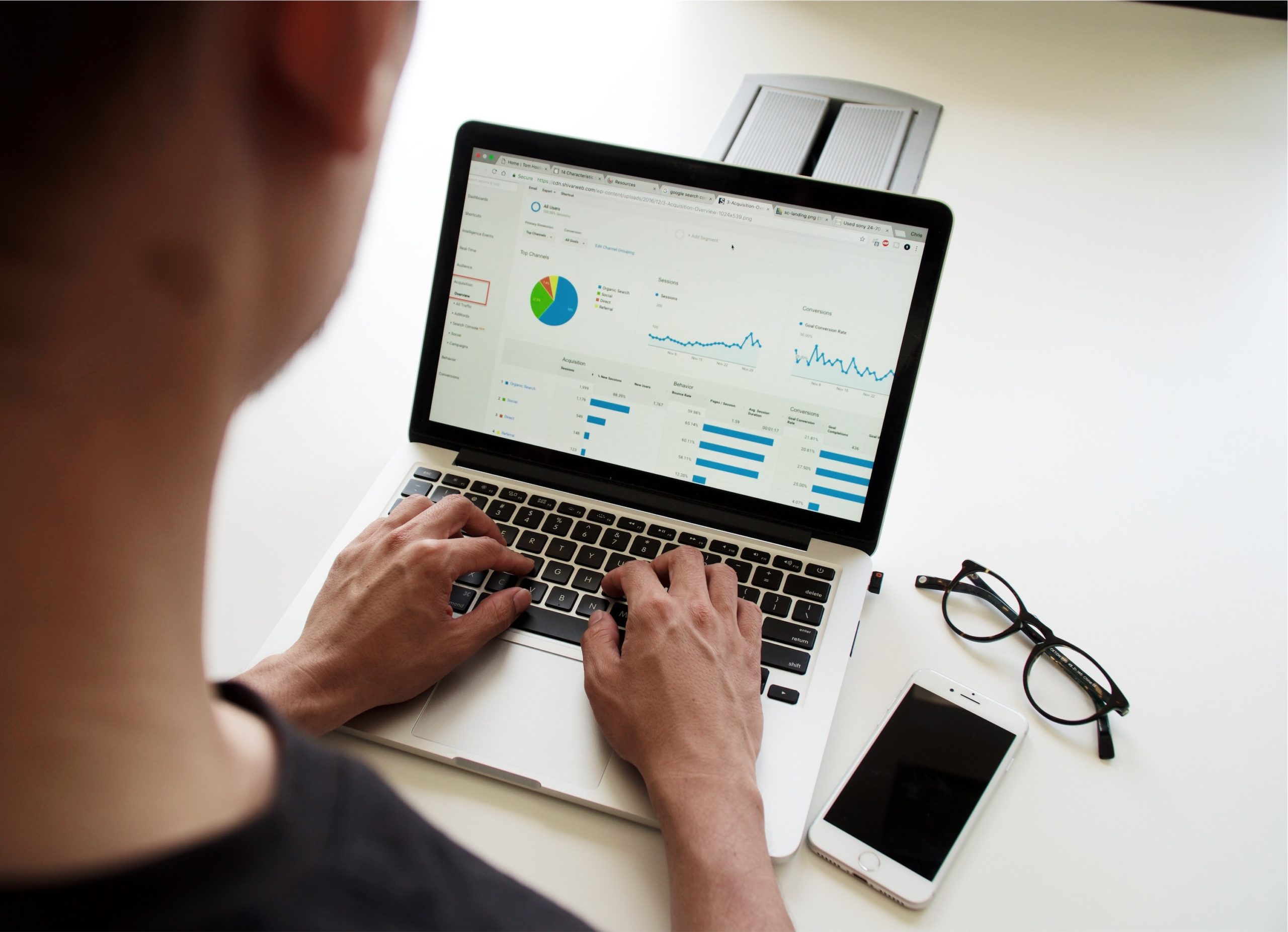To continue from part I in our ‘Big Data’ series, you should have a thorough understanding of what it is and what to look for. The next step in the process will focus on where to find this data and how to collect it. Despite not having a large, million dollar marketing budget like huge, Fortune 500 companies, independent retailers can still leverage and use ‘Big Data’ to their advantage with the proper resources and effective plans of action.
According to a 2018 consumer advertising survey, 64% of respondents provide their demographic, social media and other personal data in exchange for a better shopping experience and money-saving deals from retailers. Savvy retailers know that by using this collected information, profit margins can and will increase with simple call-to-actions from personalized messaging and advertising that tells their customers they know them and understand what they want.
If you are unsure of where to get this data from, there are many ways independent retailers can collect consumer data via: Transactional Data, Online Website Analytics, Customer Loyalty Programs, and Third-Party Partnerships.
In this post, we’ll discuss the first two options.
Transactional Data
One of the easiest ways to capture customer information is through transactional data. This is data that is automatically collected when a customer makes a purchase in your store. You’ll easily know the:
– Total amount of purchase
– Items in the purchase
– Date of purchase
– Promotions or coupons used
– Method of purchase
If you have the right PoS software, you’ll be able to store this information in a CRM (Customer Relationship Management) database such as Salesforce or HubSpot. This removes the need to invest in expensive hardware or hire a costly data expert to gather and analyze this information for you. As long as your business has a website, mobile application or an email list, transactional data is already at your fingertips for future analysis and use. This information is a good foundation to start with when personalizing deals for your store and customers.
Online Website Analytics
All websites should be attached to an analytics tool, such as Google Analytics, which is easy to install and free to use. When a customer visits your store’s website, Google Analytics will be able to give you demographic data on each visitor. This information can help you prepare marketing campaigns and target certain consumers based on what pages or links he or she visits and browses. Website analytics can also reveal age, sex, location, page visits, downloads, referrals and even the technology they use to get to your website.
In addition to your business website, social media platforms also offer analytics information on customers that visit your social media pages. The information is virtually the same as Google Analytics, but can tell you more about their likes and dislikes, what interests them and possible previous purchases, whether from you or a competitor. Social media analytics will also allow you to target new consumers based on what you already know about your current customer base. More customers = more purchases.
But all this magic begins with the data first. And the amount of data that can be collected from online interactions, whether that’s through your own website or company social media pages, is endless. All of this ‘Big Data’ will help you understand your ideal customers and how to connect with them on a personal level without you having to physically talk to them one-by-one to get the information you need to get more profits on the books.
Customer loyalty programs and third party partnerships will be covered in the next blog post.

